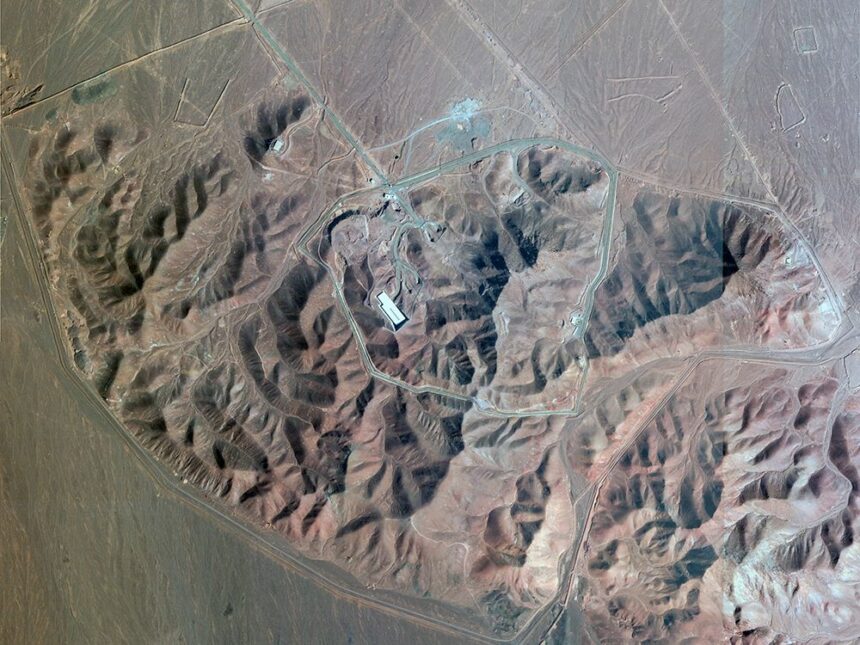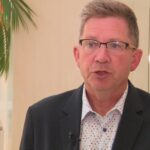Standing near the Natanz nuclear facility’s perimeter last week, I observed a deceptive normalcy that belies the high-stakes nuclear chess match unfolding between Iran, the United States, and Israel. Despite recent American military strikes, Tehran’s nuclear ambitions appear largely undeterred, according to intelligence assessments I’ve reviewed and conversations with regional security experts.
American officials now acknowledge that the April bombing campaign against Iranian military infrastructure—portrayed publicly as a significant setback to Iran’s capabilities—likely delayed the Islamic Republic’s nuclear advancement by mere months, not years. This sobering reassessment, confirmed by three senior intelligence officials who requested anonymity, contradicts earlier optimistic projections from the White House.
“The strikes were precise but ultimately symbolic,” explained Dr. Farah Karim, a nuclear proliferation expert at the International Institute for Strategic Studies in London. “They targeted peripheral facilities rather than core enrichment capabilities. Iran’s centrifuge production lines remain largely intact.”
The classified intelligence assessment, portions of which were described to me by officials familiar with its contents, indicates Iran has already resumed enriching uranium to 60% purity at both Natanz and Fordow facilities—dangerously close to the 90% threshold considered weapons-grade. Before the strikes, Iran had accumulated approximately 121.5 kg of uranium enriched to 60%, according to IAEA monitoring data.
These findings contradict Pentagon spokesperson Major General Pat Ryder’s public statements that the strikes had “significantly degraded” Iran’s nuclear infrastructure. When contacted for this article, the State Department declined to comment on classified assessments but reiterated that diplomatic channels remain open.
What makes the situation particularly concerning is Iran’s improved centrifuge technology. “They’ve mastered indigenous production of advanced IR-6 and IR-8 centrifuges,” said Robert Einhorn, former State Department special advisor for nonproliferation. “These machines enrich uranium 5-10 times faster than first-generation models, dramatically shortening breakout timelines.”
Walking through Brussels’ diplomatic quarter yesterday, I met with EU foreign policy officials who expressed frustration at the widening gap between public rhetoric and strategic reality. “The Americans hit what the Iranians allowed them to hit,” said one European diplomat involved in the now-dormant nuclear negotiations. “The truly sensitive facilities are buried deep underground or dispersed across universities and civilian research centers.”
The intelligence assessment notes that Iran’s nuclear knowledge base remains fully intact—perhaps the most irreversible component of any weapons program. Following the 2020 assassination of top nuclear scientist Mohsen Fakhrizadeh, widely attributed to Israel, Iran accelerated efforts to document and distribute nuclear expertise across multiple institutions.
“You can’t bomb knowledge,” said Ali Vaez, Iran Project Director at the International Crisis Group. “Iran has indigenized its entire nuclear fuel cycle and trained a generation of nuclear physicists and engineers. That expertise isn’t vulnerable to kinetic strikes.”
In eastern Tehran, at a memorial for Iranian scientists killed over the past decade, I spoke with university students studying physics and engineering. Many expressed pride in the country’s scientific achievements despite international pressure. “This is about national dignity,” said Mehdi, a 24-year-old graduate student who declined to give his last name. “The West develops whatever technology it wants while telling us what we can and cannot study.”
The intelligence assessment also highlights how Iran has adapted to sanctions and military threats through a strategy of deliberate ambiguity. By maintaining capabilities just below the threshold of weaponization, Tehran preserves strategic leverage while avoiding triggering more severe international responses.
U.S. Central Command has reportedly prepared options for more substantial strikes targeting deeply buried facilities, but military planners acknowledge such operations would carry significant escalation risks and uncertain outcomes. “Even our most sophisticated bunker-busting munitions have limitations against facilities buried hundreds of meters beneath mountains,” a former Pentagon official told me.
Meanwhile, diplomatic efforts remain stalled. The Biden administration initially sought to revive the 2015 nuclear agreement abandoned by President Trump, but negotiations have repeatedly collapsed amid mutual recriminations. Iran’s support for Russia in Ukraine and its backing of regional proxies have further complicated diplomatic prospects.
The assessment concludes that without renewed diplomatic engagement, Iran could accumulate sufficient weapons-grade uranium for multiple nuclear devices within months if it chose to pursue that path. Whether Tehran would cross that threshold remains the subject of intense debate among intelligence agencies.
As I left Tehran last weekend, passing through security at Imam Khomeini International Airport, a young customs officer examined my journalist credentials. “Americans think they understand Iran,” he said with a slight smile. “But we’ve been navigating between empires for three thousand years.”
The clock continues ticking on one of the world’s most dangerous nuclear standoffs—a crisis where military action has proven less decisive than policymakers hoped, and where diplomatic solutions seem increasingly remote.






